Katim Coffee Bean Historical Story the characteristics of hand-made flavor introduce the output of Yunnan boutique coffee bean varieties
Although there are more and more Arabica coffee beans grown in coffee-producing countries in Southeast Asia, Katim varieties still appear in the public eye again and again. I believe that partners who pay attention to Yunnan coffee in China will also notice the massive cultivation of Katim coffee beans in Yunnan. So where on earth did Katim coffee come from? What are its characteristics? Why is it widely planted in Southeast Asian countries? Please follow the front street and have a look.
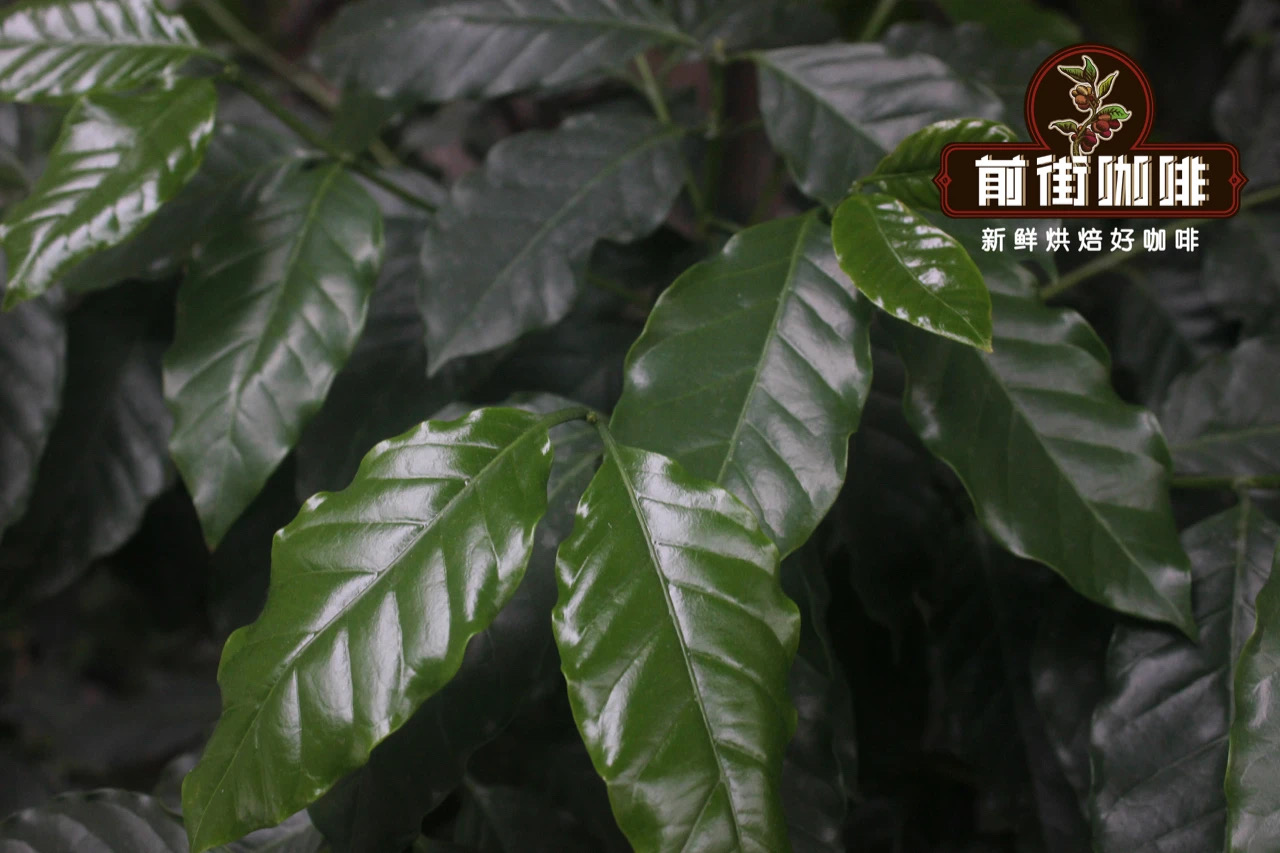
Catimor was developed by scientists in Portugal in 1959 and they are looking for magic recipes for high yield, high disease resistance and small plant types (i.e. higher density planting). This variety is a hybrid of Timor (resistant to coffee leaf rust due to Robusta inheritance) and Caturra.
It is because the Katim variety inherits resistance to coffee leaf rust and its small but compact size that makes it easier to grow on a large scale.
Why is Katim coffee controversial?
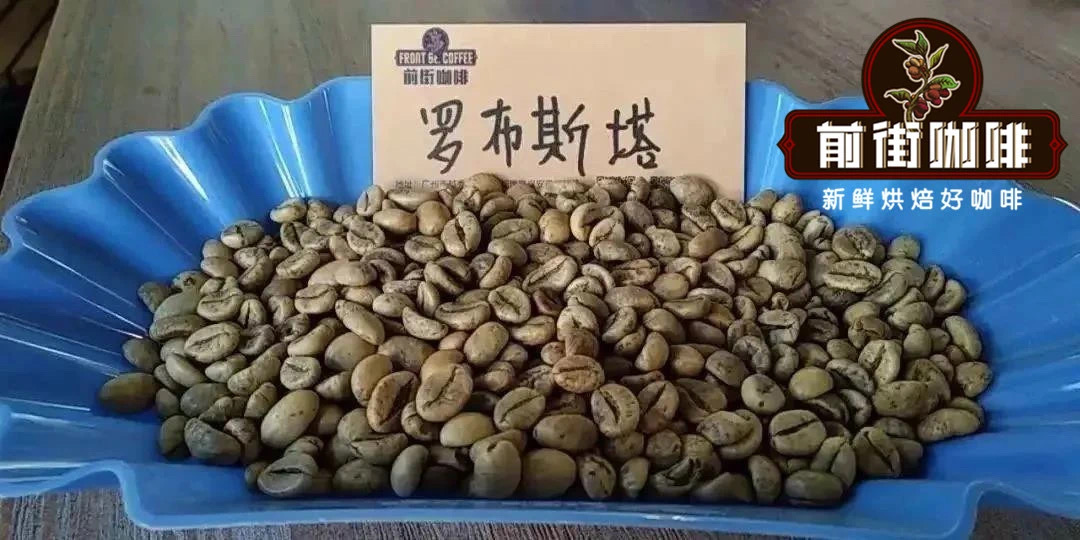
Because it is a hybrid of robusta coffee, many people will criticize its flavor shortcomings. Because Robusta's gene is an increase in chlorogenic acid in Katim coffee, but it can also bring bitter and unpleasant organic acids to coffee.
When growing at low altitude, Katim's cup test performance has no obvious advantages and disadvantages compared with other commercial varieties. However, if planted above 1200 above sea level, Katim's flavor will be significantly inferior to that of bourbon varieties, Kaddura and Kaduai. Qianjie has previously shared with you that high-quality coffee is generally grown at high altitude, while the temperature difference between day and night brought about by high altitude makes the coffee grow slowly and accumulate more sugars and nutrients, which is the source of delicate flavor. On the other hand, the actual benefit of Katim coffee varieties is shorter than that of traditional coffee varieties, and the accumulation of nutrients is not as good as that of traditional coffee varieties which need to grow for a long time.
So does Katim coffee have a good flavor?
Although it is difficult to do, many independent cup tests have shown that Katim coffee beans can also produce excellent flavor.
After testing the Yunnan small grain coffee roast cup in Qianjie, it is found that its entrance is very smooth, with Asian herbal aroma, soft acidity, good mellow balance, rich layers and chocolate finish. The taste of honey and sugar is very obvious.
Here is the Qianjie coffee roasting plan:
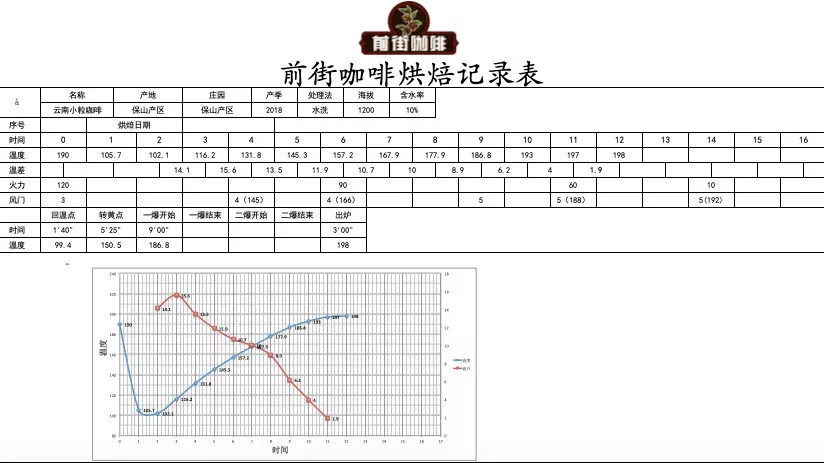
Qianjie will wash Katim in Yunnan as entry-level rations for hand-brewed coffee. Next, let's briefly introduce how to brew.
Recommended cooking method: hand flushing
Filter cup: v60 filter cup
Water temperature: 90-92C
Amount of powder: 15g
Powder / water ratio: 1:15
Degree of grinding: medium and fine grinding (Chinese standard No. 20 screen pass rate 80%) flushing and cooking method: segmented extraction
Steam with 30 grams of water for about 30 seconds, when 125 grams of water is injected around the center of the small flow, continue to inject water to the end of 225 grams when the water level is about to expose the powder bed, remove the filter cup when the water level is about to expose the powder bed, and (the time of steaming starts) the extraction time is 2 minutes 39 percent 00 ".

The history of Katim coffee
Catimor was first introduced to Brazil in 1970, but soon after, by looking for experts in highly productive and productive coffee varieties, the plant quickly spread throughout Latin America. At high and very low elevations, plants often do not thrive. However, it is at its best at a distance of about 700 to 1000 meters. Today, Catimor is common in Indonesia and Vietnam. After the crisis of coffee leaf rust in Central America, it is also becoming more and more common at high altitudes in countries such as Mexico and Peru.
So how did Katim become the mainstay of Yunnan coffee?
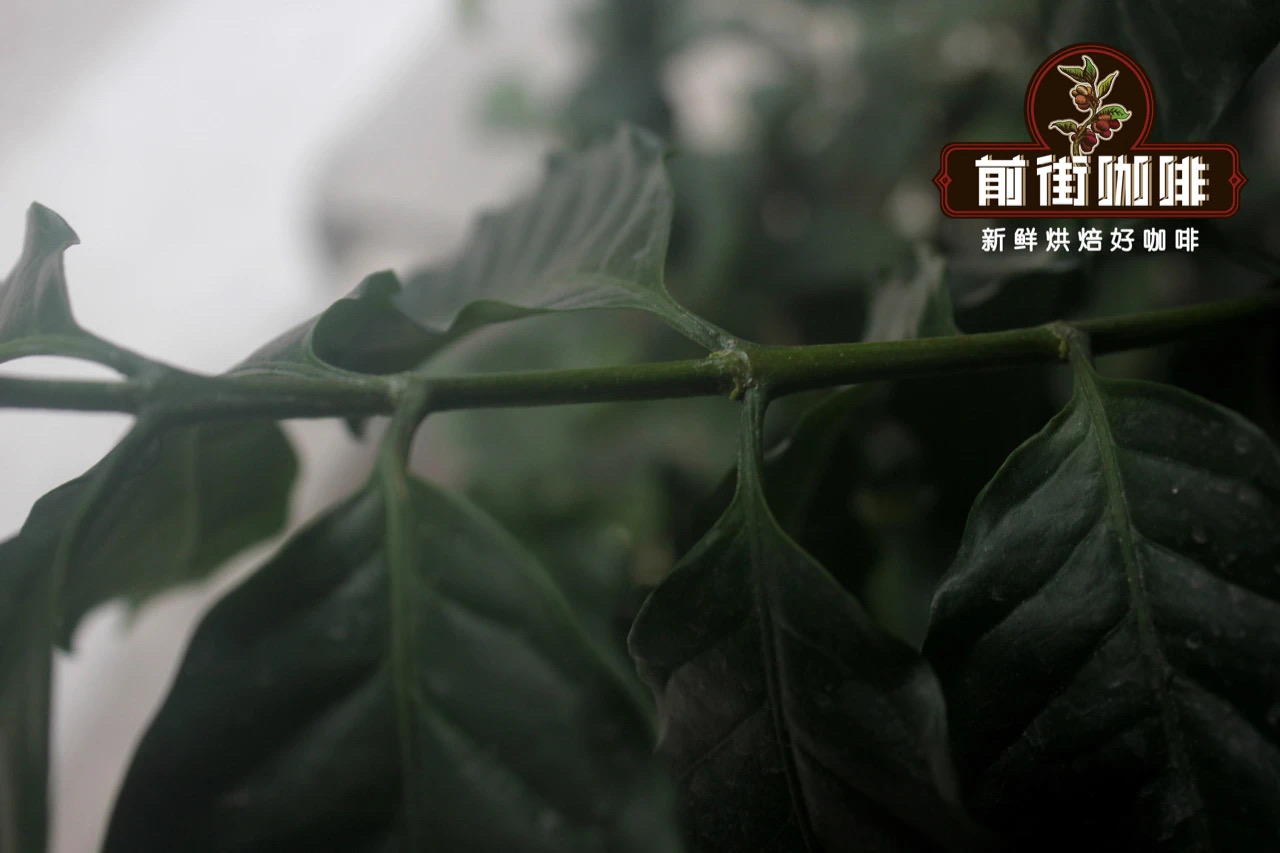
The yield of Katim coffee is relatively high, with an average yield of 3-5.25 tons per hectare. This is very suitable for growing coffee in Yunnan, China, and developing coffee rapidly. It is well known that Katim coffee tends to grow much faster than other varieties, which may lead to a deterioration in coffee flavor because sugar does not have time to play its full role. But cool nights in Yunnan, China will slow the growth of coffee cherries and improve the quality of coffee flavor.
Of course, we will certainly see a slow shift in Yunnan coffee away from Katim, but it will be a slow process because of the economy of planting. Even if the quality has improved recently, China's coffee production still faces many challenges.
Let Qianjie introduce to you the methods and precautions of growing coffee in Yunnan.
Yunnan coffee growing environment:
The annual mean temperature is 19-21 ℃ years, the accumulated temperature of annual ≥ 10 ℃ is more than 6800 ℃, the coldest monthly mean temperature is more than 11.5 ℃, the absolute lowest temperature is above 1 ℃, the coldest monthly mean temperature is ≥ 11.5 ℃, the monthly mean temperature of ≤ 13 ℃ is more than two months, the extremely lowest general year is more than 0 ℃, and some years appear areas of-1 ℃ or short-2 ℃. The annual rainfall is ≥ 1100mm below 1200m above sea level, and the soil should be fertile loam, loose soil, good drainage, PH value 66.5and slope less than 25 °, so as to avoid planting in the depression where cold air is easy to deposit. The field management measures are suitable for the management of general small-grain coffee. Propagation method: adopt seed propagation, select 5-year-old fine mother tree, harvest fully mature, fruit shape is normal, full, size is basically the same, with two-seed fruit as seed, using sand bed to promote germination, plastic bag seedling.
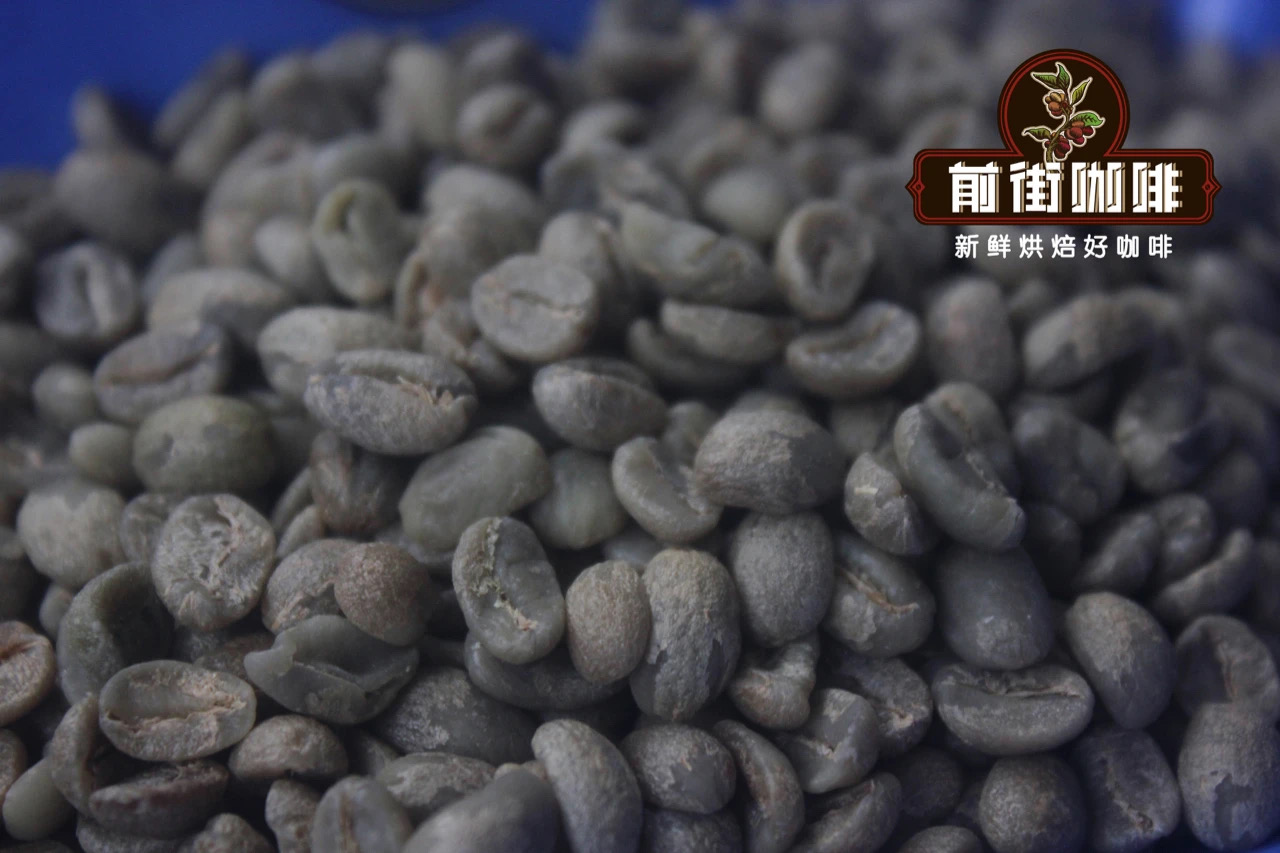
Forest land reclamation
Coffee is a long-term economic crop, woodland reclamation must be long-term planning, good planning, before reclamation must do a good job of road, shed, fertilizer pool design. When reclaiming woodland, shade trees should be selected to make the coffee woodland after planting have 30% shade, and then adjust to 20%. In planning and design, we must do a good job in the planning and reclamation of horizontal terraces and terraces, which is not only the primary task of soil and water conservation, but also an important work to bring convenience to field management after planting. Trenching, with the specification of upper mouth width × depth × bottom width 60 × 50 × 40cm, will be reclaimed before the end of November to the end of March of the following year.
Apply sufficient base fertilizer
3000-4000kg high quality organic fertilizer per mu, phosphate fertilizer 80-120kg returned to the hole 15 days before planting (organic fertilizer, phosphate fertilizer and soil were mixed well and applied into the planting ditch).
Strong seedling planting
Select seedlings with robust growth, close to branches or 3 pairs of branches, stout main stem, stem diameter above 0.4cm, and no curved root. The irrigated land can be planted in advance (February-March), and the planting row spacing depends on the topographic environment, usually planting 330mi 420 plants per mu.
Topdressing management: the average amount of fertilizer applied to young plants was 3-5kg of organic fertilizer, 50g of calcium magnesium phosphorus, 100g of urea and 50g of compound fertilizer. The average amount of fertilizer applied to adult plants was 7-10kg of organic fertilizer, 100g of urea, 150g of compound fertilizer, 50g of calcium magnesium phosphorus and 150g of potassium sulfate. Combined with growing period, flowering period, strong fruit, overwintering fertilizer 3Mel was applied for 5 times. If deficiency of trace elements occurs, attention should be paid to the application of compensation.
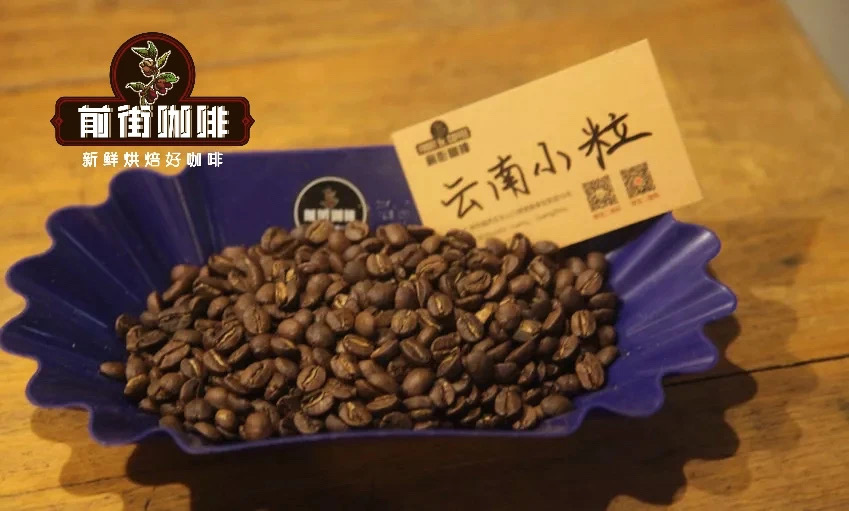
Water conservancy irrigation
Coffee is a shallow root crop, and its flowering season coincides with the dry season in Yunnan. Field soil moisture and atmospheric humidity seriously affect the quality of flowering, the development of floral organs and the formation of young fruits. Sufficient water, consistent flowering, high fruit setting rate, good fruit growth and development, otherwise poor, or even cause withered branches, the planted young trees will die because of drought. It is suggested that all the new development areas should choose places with more convenient water sources and try their best to create conditions to solve the problems of furrow irrigation and drip irrigation facilities.
Shaded trees and ground cover
Coffee is a semi-shaded tree species, it is recommended to establish a moderate shade degree of 30%. In the site environment of growing coffee in our province, it is generally difficult to solve the problem of water conservancy and irrigation. the water season is in the dry season, and it is also the season to compete with other crops for water. It is not easy to rely on irrigation to meet the water demand in the coffee field. It is necessary to loosen the soil in time after the end of the rainy season and use ground dead cover and plastic film mulching (infancy).
Pruning and shaping
The use of single or double rod non-shaping, cut off excess erect branches, retain a strong branch and an appropriate amount of second or third branches, remove weak and disorderly branches, and keep the tree ventilated and transparent.
Pest control
Mainly pest control, the first three years after planting is mainly to control coffee longicorn beetles and bark moth, using long-acting insecticides to dry, spray-dry control, from May to July every year. The adult coffee garden is mainly used to control the coffee longicorn beetles, which is controlled by drug spray drying (April-September). Properly through shade, fertilization to enhance the tree potential. After fruit harvest, the branches were repaired and destroyed, the wild hosts around the coffee garden were removed, and the damage of coffee root pink scale and green scale insects were monitored.
Weeding and loosening the soil
Keep the planting coffee belt clean, weed must be removed, and loosen the soil of the whole garden at the end of the rainy season.
Timely harvest
To achieve timely harvest of red ripe fruit.
Despite the challenges faced by farmers, the demand and quality of Chinese coffee is growing at an alarming rate. I hope coffee is getting better and better in China.
Professional coffee knowledge exchange more coffee bean information please follow the coffee workshop (Wechat official account cafe_style)
For more boutique coffee beans, please add private Qianjie coffee on Wechat. WeChat account: kaixinguoguo0925
Important Notice :
前街咖啡 FrontStreet Coffee has moved to new addredd:
FrontStreet Coffee Address: 315,Donghua East Road,GuangZhou
Tel:020 38364473
- Prev

Is there any difference in taste between golden manning and ordinary manning
Sumatra is the main producing area of Indonesian boutique coffee, and the coffee system is relatively complex, which can be briefly summarized into four types: (1) Mantenin, refers to the half-sun or sun-dried beans in the Lindong Mountains of the south-west coast around Lake Toba in north-central Sumatra; (2) Golden Mantenin, after four manual screening, is higher than the general Mantenin and has larger particles; (3) Golden Mantenin is higher than ordinary Mantenin and has larger grains.
- Next
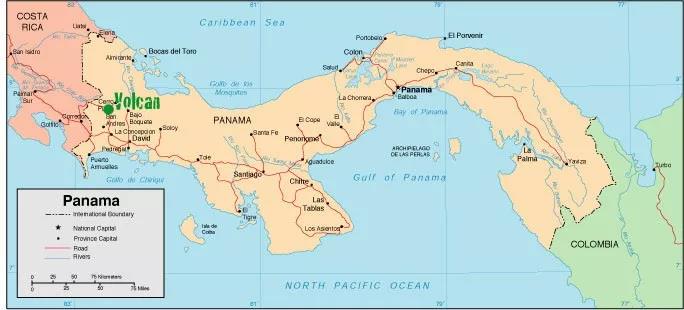
Introduction to the characteristics of Coffee Bean Red Wine treatment in Hartmann Manor, Panama
Manor: Panamanian Hartman Manor Black Honey treatment country: Panama Panama producing area: Hartmann Estate Variety: Caturra,Typica altitude: 1250-1700 Meters treatment: black Honey treatment Black Honye Flavor description: honey sweet, dried longan, dried fruit, noble red wine, ripe fruit finish, mellow. Manor: Hartman Manor in Panama
Related
- Detailed explanation of Jadeite planting Land in Panamanian Jadeite Manor introduction to the grading system of Jadeite competitive bidding, Red bid, Green bid and Rose Summer
- Story of Coffee planting in Brenka region of Costa Rica Stonehenge Manor anaerobic heavy honey treatment of flavor mouth
- What's on the barrel of Blue Mountain Coffee beans?
- Can American coffee also pull flowers? How to use hot American style to pull out a good-looking pattern?
- Can you make a cold extract with coffee beans? What is the right proportion for cold-extracted coffee formula?
- Indonesian PWN Gold Mandrine Coffee Origin Features Flavor How to Chong? Mandolin coffee is American.
- A brief introduction to the flavor characteristics of Brazilian yellow bourbon coffee beans
- What is the effect of different water quality on the flavor of cold-extracted coffee? What kind of water is best for brewing coffee?
- Why do you think of Rose Summer whenever you mention Panamanian coffee?
- Introduction to the characteristics of authentic blue mountain coffee bean producing areas? What is the CIB Coffee Authority in Jamaica?

